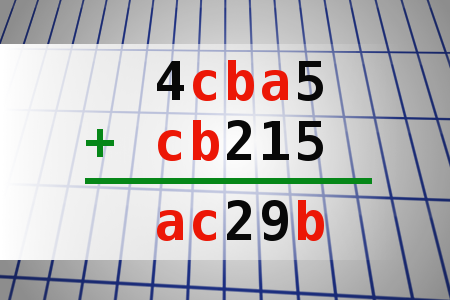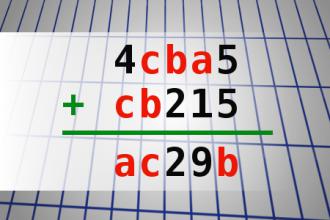Find number abc
If 4cba5 + cb215 = ac29b find number abc. Multiple solutions may exist.Correct answers: 25
The first user who solved this task is Nasrin 24 T.
#brainteasers #math

Too Many
So once there was an Chinese man, A mexican, and an american all in the same plane.
Now the chinese man Takes a pair of chopstickes and throws them out of the window.
Then he claims "We have too many of those in my country!".
Then the mexican grabs his salsa, throws it out the window and says "We have to many of these in my country!".
Then the american picks up the mexican and throws him out of the window and claims "We have to many of these in my country!".

